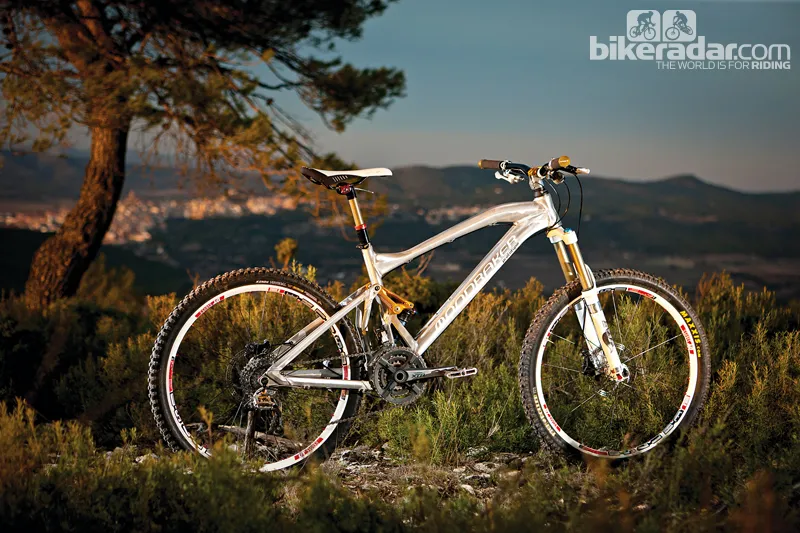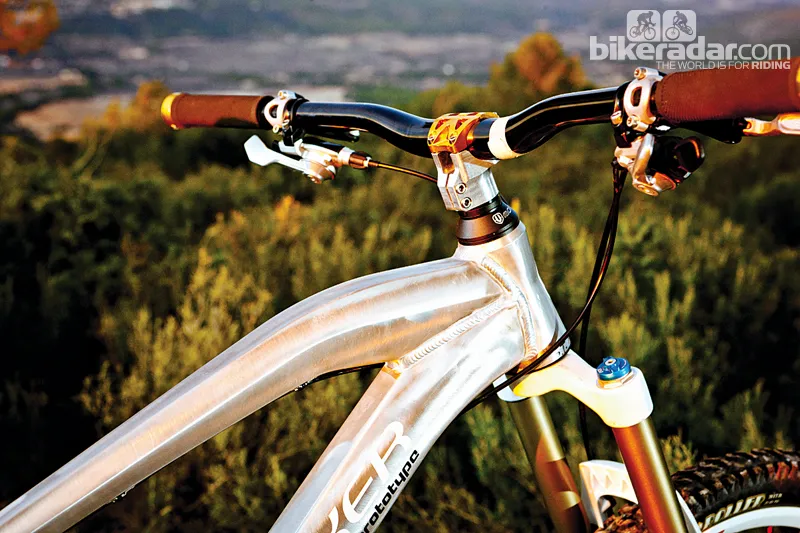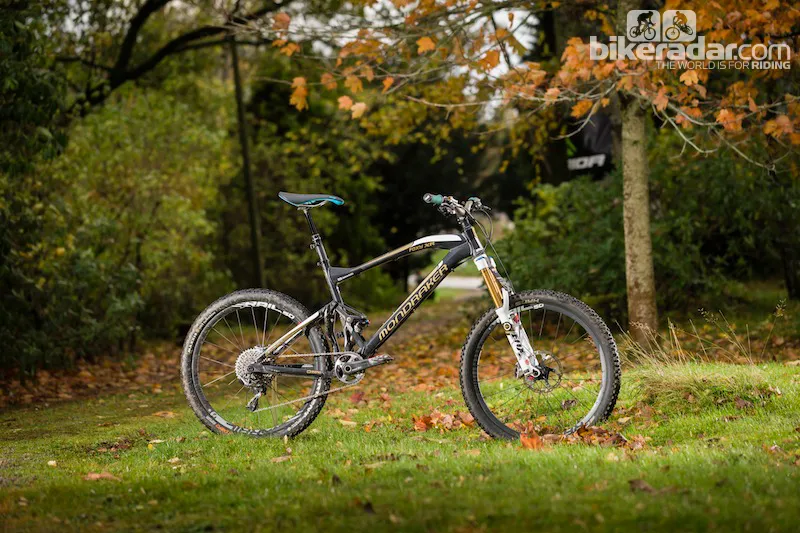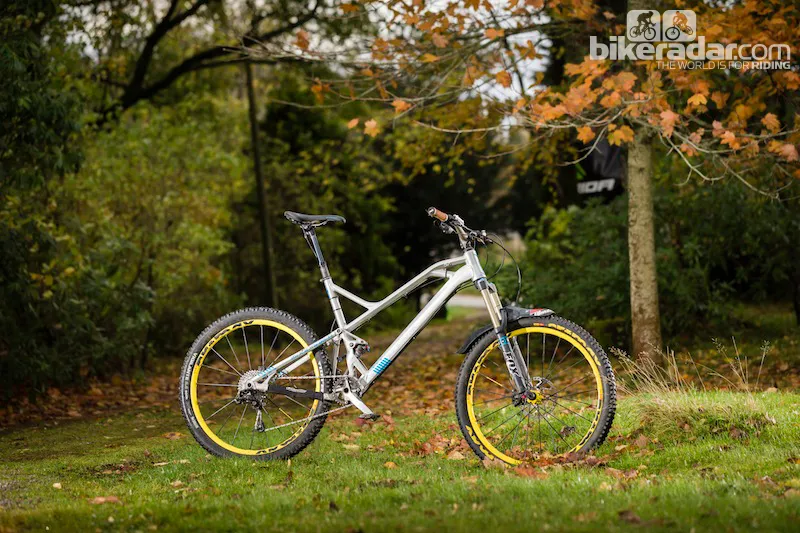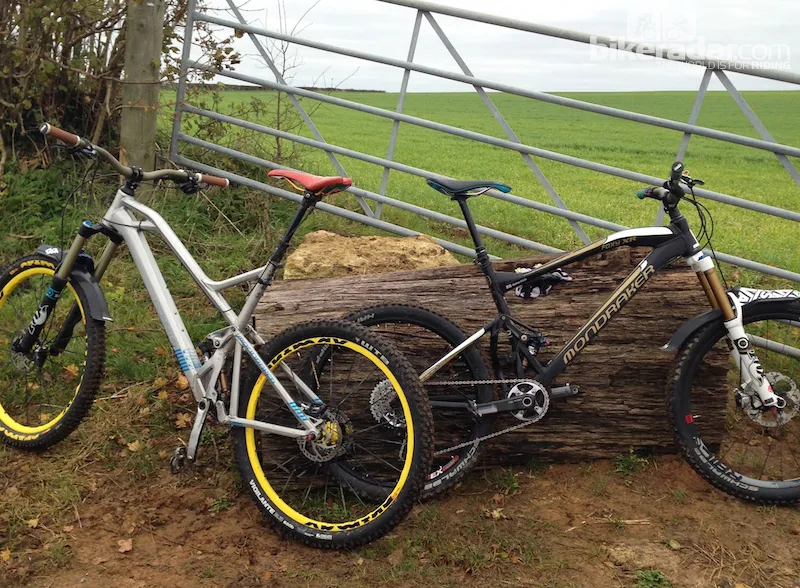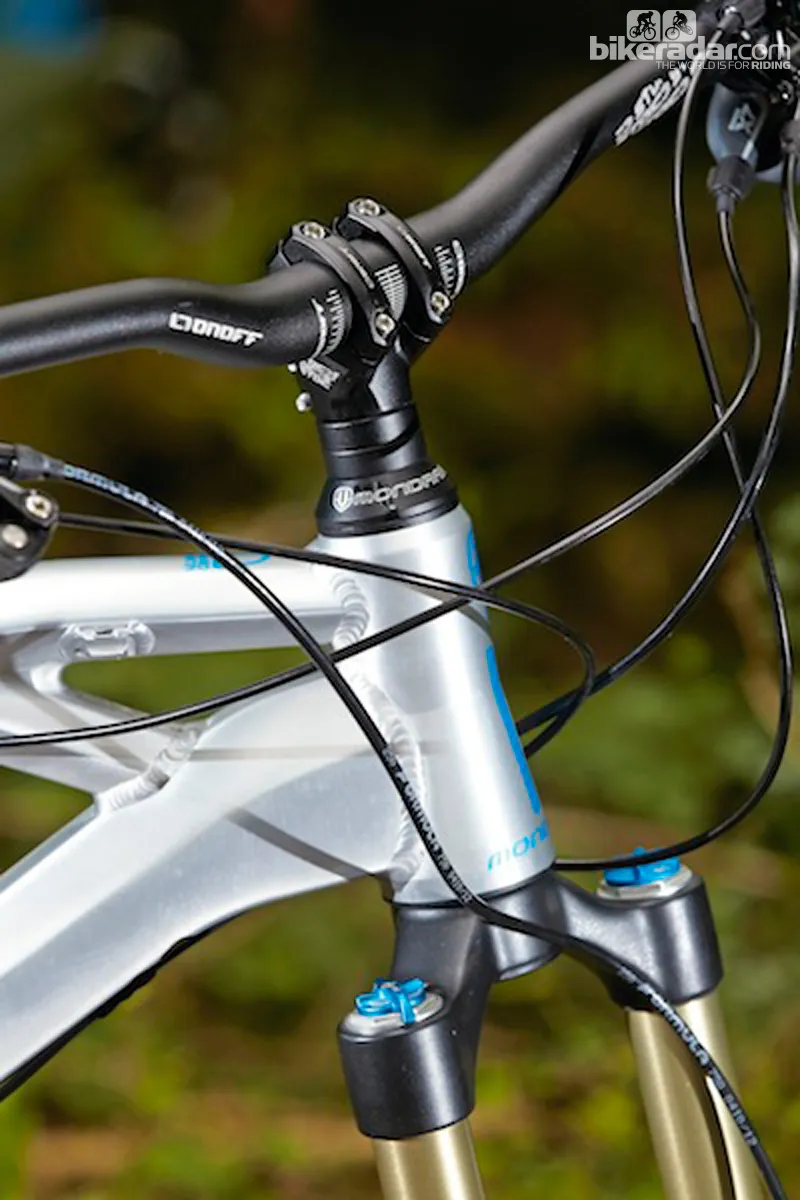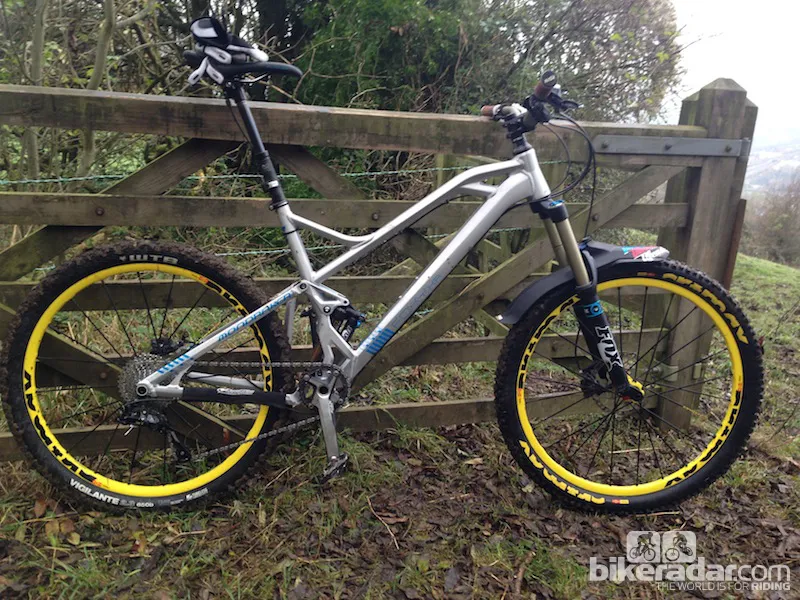Over the last few years, mountain bike geometry has been evolving. We've seen handlebar widths increase and stem lengths reduce, with the aim of putting the rider's weight further behind the front wheel axle and improving steering responses.
At the recent Core Bike Show, Hope Technology displayed a 35mm stem, a size that's currently much talked about, especially since Renthal released the 40mm Strata Duo stem. RaceFace had the Atlas 35mm handlebar stem, along with a range of bars in the new 35mm diameter.
Just a couple of years ago, 70mm was considered to be a short stem length – and 1120mm wheelbases seemed plenty - but gradually, stems have been getting shorter, top tubes getting longer and wheelbases extending.

The evolution of bike design is only natural, but every now and then a manufacturer will push things to the limit – just as Mondraker did in 2012 with Forward Geometry.
Forward Geometry is a concept that keeps the rider's cockpit the same size, while lengthening the wheelbase without having to resort to extraordinarily long chainstays or a daft head angle.
The 10mm stem, combined with the 60mm they add on to the front end of a bike, is equivalent to running a 70mm stem on conventional geometry. Doing this puts the front wheel substantially further in front of the rider, which gives hugely increased stability, and confidence on steeper terrain, while the 10mm stem offers incredible steering response.
For 2014, Mondraker has improved the Forward Geometry concept, adding 650b wheels and a 30mm stem option. This allows riders to go a size down on the frames and retain the same cockpit size. This means the wheelbase increase isn’t quite as radical and the handling is nearer to conventional geometry.
How far is too far?
Like a surfer travelling the world in search for the ultimate wave, Mojo Suspension’s chief fettler Chris Porter is well known for his controversial theories and experimentation. He was over the moon with Mondraker's Forward Geometry. As stock, the bike was the nearest thing to geometry perfection that he'd found – but he’d took it further, fitting angled headset cups, which took the wheelbase up to nearly 1,270mm (50in).
As you might be able tell, Chris is not only passionate about pushing the accepted limits of suspension, but is keen to try anything to make a bike handle better – especially if it suits his style. His custom built Nicolai Ion is a prime example of this.
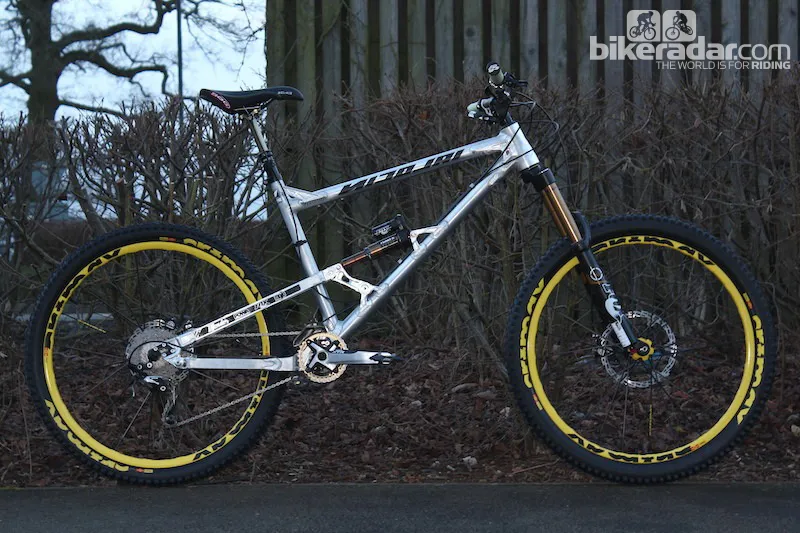
Nicolai offers a custom service on the industrial-looking Ion frame, for which the customer can request specific chainstay lengths, top tube lengths, angles, and so on. A tailor-made Ion 16 costs between €2,929 and €3,329, depending on the finish.
Chris has taken what he believes are the optimum angles and lengths for his riding style: a 63-degree head angle, a 440mm chainstay and a 1,270mm wheelbase. Unlike the Mondraker concept of making a bike that handles exceptionally well in aggressive trail riding situations, Chris has raked his Nicolai out for downhill stability and control, but with a steep enough seat angle to comfortably winch back up again.
Chris’s Nicolai is radically longer and has an extremely slack head angle. Some might say he’s taken things too far – but the limit has to be found, before you can speculate about how far really is too far. And we salute Chris for his willingness to think outside the box, and can't wait to try out the bike ourselves.
Read more about Chris Porter's Nicolai Ion in a future issue of Mountain Biking UK magazine.
